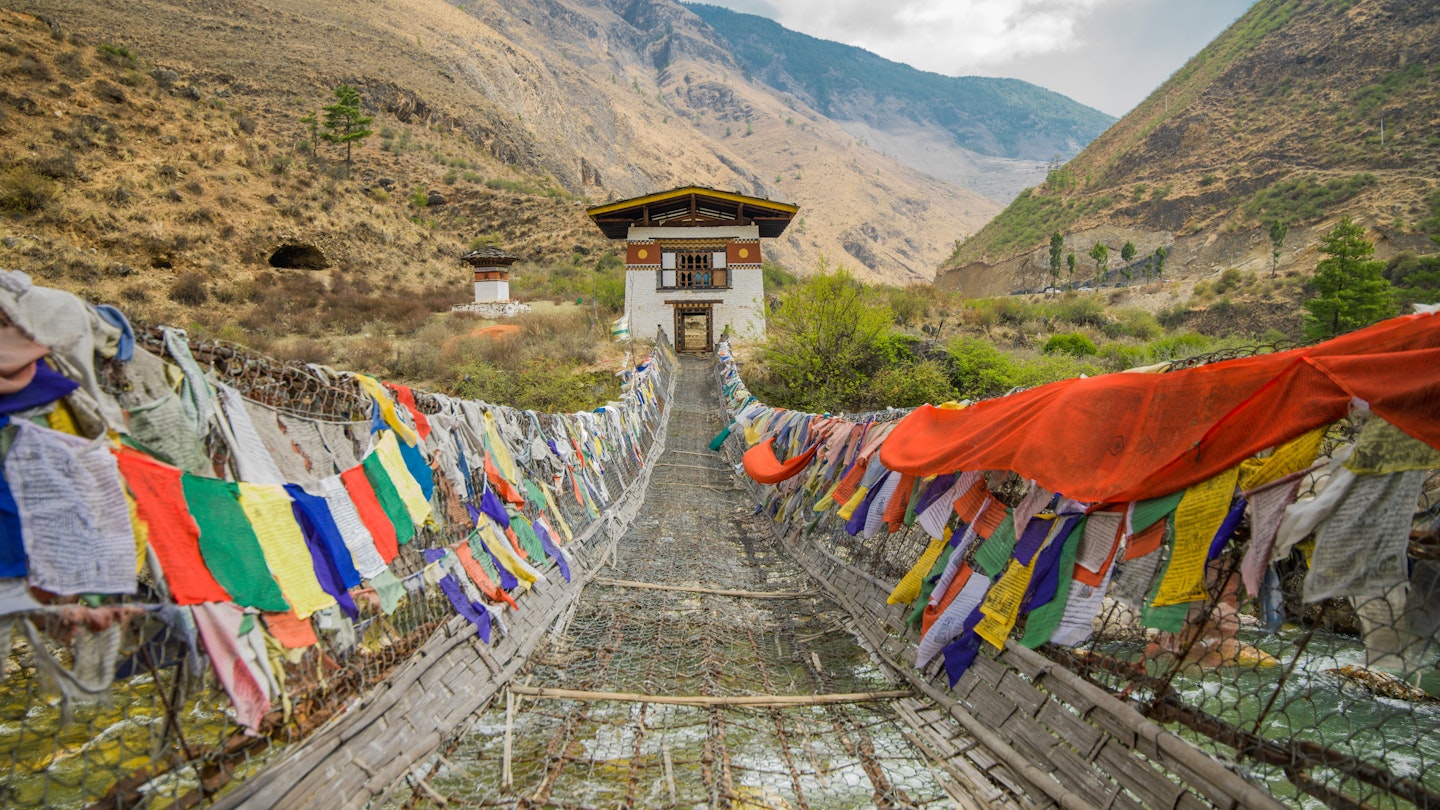Bhutan Tourism Fee Changes: What Travelers Need to Know
Since opening up to tourism in 1974, the Himalayan kingdom of Bhutan has gained renown as one of the most pristine and exclusive destinations to visit. Stringent measures on tourism and elevated daily tourist fees have played a critical role in preserving the rich Buddhist culture that is swiftly fading in other Himalayan regions. Notably, in 2022, these fees surged, coinciding with the reopening of borders post-pandemic.
The Previous Fee Structure
Prior to 2022, the daily tourist fee was set at $250 ($200 during the low season) for stays in the country. Although this rate seemed steep, it encompassed meals, lodging, transport, guide fees, and essential amenities for an unforgettable adventure. Additionally, a portion of this fee—$65—contributed to the Sustainable Development Fee, aimed at funding comprehensive social programs in a country celebrated for prioritizing Gross National Happiness over Gross National Product.
With the beginning of the pandemic recovery in September 2022, the Sustainable Development Fee escalated to $200 per day, coupled with extra expenses for accommodation, meals, transport, and entry fees. While reduced fees were available for travelers from India, most international visitors found the cost of exploring Bhutan had effectively doubled.
New Fee Structure Effective September 2023
As of September 1, 2023, the Sustainable Development Fee has been slashed in half to a more accessible $100 per day for adults. Children aged 6 to 12 are charged $50, while those under five can enjoy free entry. Despite this significant reduction, travelers must still budget for meals, transport, entry fees for cultural sites and museums, and accommodations, which range broadly from budget-friendly options starting at $40 in Thimphu to luxurious stays at nearly $2000 per night at high-end lodges in Paro.
Travelers can expect to spend a minimum of $300 per day, covering all necessary costs including flights. For example, a round trip from New York to Paro might cost around $2000. Notably, Bhutan’s unique tourism approach limits the number of visitors, providing a serene retreat for those willing to experience its untouched allure. In the past six months after reopening, fewer than 40,000 tourists visited, starkly contrasting with the nearly 500,000 visitors to Nepal during the same period.
Implications for Different Nationalities
Travelers from India, who make up a significant portion of Bhutan’s visitors, can enter with a special permit for a minimal fee of ₹1200 (around $15). Bangladeshi and Maldivian visitors must also apply for a visa and adhere to the daily fee structure. No alterations to this system have been made recently.
Trekking in Bhutan
With its breathtaking landscapes and remote monasteries, Bhutan is an exceptional trekking destination. The daily Sustainable Development Fee applies to trekking adventures, and arrangements can be made with local tour operators to facilitate guides, support staff, and camping amenities, making for a comfortable outdoor experience.
Visa Application Process
The visa application process for Bhutan differs from many countries, as visas are not issued abroad but integrated into your passport upon entry, provided you present a pre-approval letter and pay the required fees. Travelers often prefer to secure these arrangements through established Bhutanese tour operators to ensure a smooth travel experience.
Rationale Behind Recent Changes
The government’s recent decision to lower fees comes after observing a drop in international visitor numbers post-pandemic, attributed to new fee structures and global economic factors. The reduced fees are intended not only to rejuvenate tourism but also to sustain funding for essential projects supported by the Sustainable Development Fee.
Impact of Tourism Fees on Bhutan
Bhutan has utilized its tourism model to deliver remarkable benefits to its people. Funded by the Sustainable Development Fee, initiatives have included conservation efforts, infrastructure improvements, and educational advancements, enabling Bhutan to maintain a high quality of life relative to its neighbors. As a result, Bhutan has emerged as a leader in sustainable development and happiness metrics globally.
Is Visiting Bhutan Still Worth It?
Absolutely! Even though Bhutan remains on the pricier side, the new lower fees offer a more attainable option for travelers eager to explore this incredible destination. With the Sustainable Development Fee locked in until 2027, potential visitors can now plan their journeys with greater assurance.
Overall, Bhutan continues to represent a unique opportunity for travelers seeking an extraordinary experience amidst awe-inspiring landscapes and a rich cultural backdrop.





